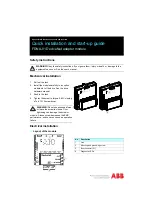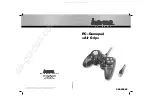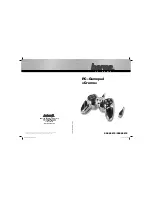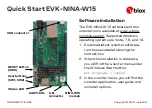
HSRL Series
4
installation Location
•
The installed regulator should be adequately
protected from vehicular traffic and damage from
other external sources.
•
Install the regulator with the vent pointed
vertically down, see Figure 2. If the vent cannot
be installed in a vertically down position, the
regulator must be installed under a separate
protective cover. Installing the regulator with
the vent down allows condensation to drain,
minimizes the entry of water or other debris from
entering the vent, and minimizes vent blockage
from freezing precipitation.
•
Do not install the regulator in a location where
there can be excessive water accumulation or ice
formation, such as directly beneath a down spout,
gutter, or roof line of building. Even a protective
hood may not provide adequate protection in
these instances.
•
Install the regulator so that any gas discharge
through the vent or vent assembly is over 3 feet /
0.91 meter horizontally from any building opening
below the level of discharge.
•
Install the regulator high enough above ground
level at least 18 inches / 45 cm—so that rain
splatter cannot freeze in the vent.
Regulators Subjected to
Heavy Snow Conditions
Some installations, such as in areas with heavy
snowfall, may require a hood or enclosure to protect
the regulator from snow load and vent freeze over.
Horizontally installed Regulators
Horizontally mounted regulators, such as found in
single cylinder installations and ASME tanks, must
be installed beneath a protective cover or under
the ASME tank dome, refer to Figure 3. If possible,
slope or turn the vent down sufficiently to allow any
condensation to drain out of the spring case. Be
careful that the slot in the tank dome or protective
cover for the regulator’s outlet piping does not expose
the vent to the elements.
indoor installations
By code, regulators installed indoors have limited inlet
pressure, and they require a vent line to the outside
of the building, see Figure 4. A vent assembly, such
as Fisher
®
. Y602 Series, should be used on the end
of the vent line. The same installation precautions,
previously discussed throughout this manual for
the regulator vent, apply to the end of the vent tube
assembly. Vent lines must not restrict the gas flow
Figure 3. Tank Installation


























